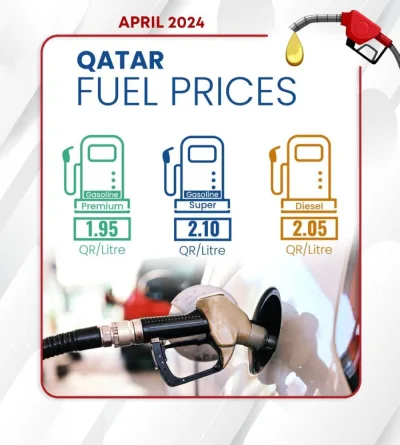To be sure, efforts led by the Organisation of Petroleum Exporting Countries to curb production since January 2017 have helped boost oil prices. Brent has rallied 5.1% in the first quarter, the third straight quarterly gain, the longest streak since 2011.
Opec production has now dropped to the lowest in a year amid the woes in Venezuela’s oil industry.
Venezuela output declined by 100,000 bpd from February to 1.51mn bpd, according to a Bloomberg News survey of analysts, oil companies and ship-tracking data. The International Energy Agency said in its latest report that the Latin American nation remains the “biggest risk factor” when it comes to supply disruption amid a “worsening economic crisis.”
Output from Opec’s 14 members fell by 170,000 barrels to 32.04mn bpd in March, according to the Bloomberg survey. That’s the lowest since last April’s 31.9mn bpd.
While Libya saw production drop below 1mn bpd after some fields were shut down, output from Saudi Arabia fell 10,000 bpd from February to 9.87mn bpd.
Opec, Russia and other oil producers agreed in November to extend self-imposed limits on output until the end of this year, seeking to counter a glut fed partly by US shale drillers.
With a third of the surplus in global inventories still to be cleared, the oil market isn’t fully re-balanced yet. But Opec and Russia have reaffirmed that they’ll persevere with their 1.8mn bpd oil-production cuts until the end of this year to clear the glut.
The allies have also signalled they’re ready to co-operate beyond 2018. Compliance with the production curbs Opec members have imposed on themselves reached a record 129% in December, an impressive feat for a group that has cheated on quotas in the past.
By keeping the 1.8mn bpd of cuts in place for a further nine months – and beyond if needed – the oil producers aim to return stockpiles to their five-year average without overheating the market and eliciting a new flood of shale oil.
Opec’s obituary has been written many times, as spurts of new technologies and petroleum discoveries rewrite the global energy trade. But the group has, just as often, defied its critics.
Opec, which pumps 40% of the world’s oil is still in the lead to manage prices.
But rising oil prices also gift a catch-22 migraine to Opec.
Just as the production cuts have helped push oil prices higher, the IEA has warned of “explosive” US output growth this year. Opec, too, boosted its 2018 forecast for rival oil-supply growth by 16%, also cautioning of the effects of a higher price environment.
The US shale boom has brought the country closer to energy self-sufficiency than at any time since the 1980s.
There are, of course, gainers and losers when it comes to consistently lower oil prices. But the world is in need of a stable oil market with price equilibrium.
Opec and its allies have succeeded in rebalancing the oil market. But here is the big question: Can Opec maintain prices high and sustainable without stimulating further growth in US shale oil production?



